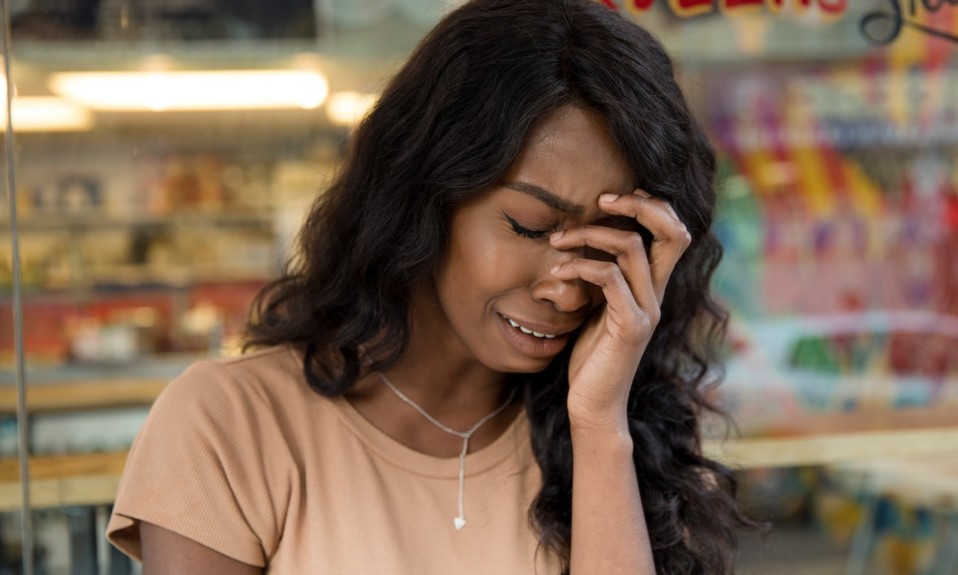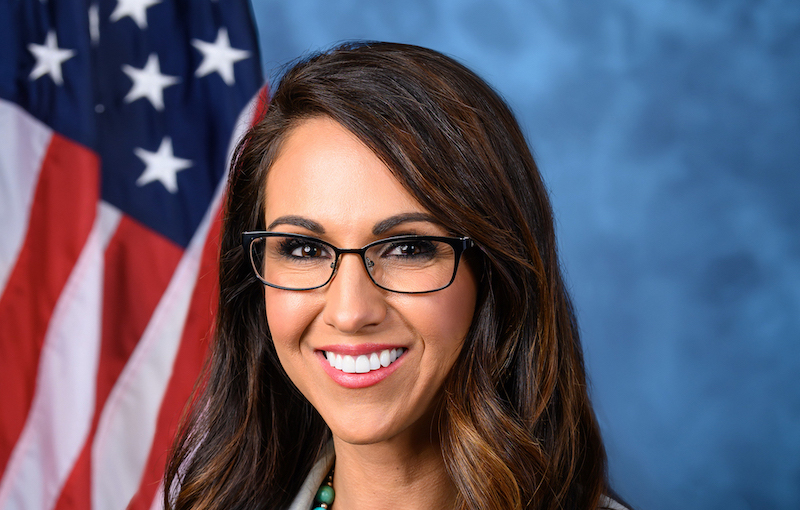Not enough, says a TreatmentMagazine.com writer whose time on the job has refined his views
By Jason Langendorf
The U.S. Department of Health and Human Services (HHS) last week announced it had allocated almost $1.5 billion in grant funding toward a State Opioid Response (SOR) opportunity for states and territories in the ongoing effort to turn back the nationwide opioid epidemic.
The SOR program, administered by HHS through the Substance Abuse and Mental Health Services Administration (SAMHSA), comes on the heels of last month’s announcement of the Tribal Opioid Response (TOR) program, which committed up to $55 million in funding toward the overdose crisis in Tribal communities. HHS says the SOR program “provides formula funding to states and territories for increasing access to FDA-approved medications for the treatment of opioid use disorder (OUD), and for supporting prevention, harm reduction, treatment, and recovery support services for OUD and other concurrent substance use disorders (SUD).”
“The State Opioid Response grant program delivers crucial aid to states and territories to help address the crisis of overdose and death in our nation’s communities.”
—Xavier Becerra, HHS secretary
The need has never been greater. Preliminary data released earlier this month suggests the U.S. can expect what would be yet another record-breaking total of overdose deaths: a predicted 107,622 in the 12-month period ending in December 2021.
“The State Opioid Response grant program delivers crucial aid to states and territories to help address the crisis of overdose and death in our nation’s communities,” said HHS secretary Xavier Becerra. “And, in line with HHS’ Overdose Prevention Strategy, this funding helps facilitate state- and territory-level efforts to ensure the full continuum of prevention, harm reduction, treatment and long-term recovery supports are in place and accessible to all who need them.”
Thankfully, we’ve reached something of a tipping point in the debate over addiction: Funding these programs is deemed necessary. The human toll would be far worse without them. And $1.5 billion—with a b—is no small figure. But it’s rare after one of these public (and perhaps a touch too self-congratulatory) announcements to hear the first question that should be on all our minds:
Is it enough?
A Shift in Attitude—Mine
As someone with a stubborn belief in personal responsibility and who hasn’t always felt great empathy for people with addiction, I can say there as a time when my answer to that question might have been: “No, it isn’t enough. It’s too much.”
I understand concerns about government waste and the amount of money that already has been aimed at the issue—with results that have yet to reverse the tragic trends.
I can relate to the instinct to blame the person rather than their problem. I understand concerns about government waste and the amount of money that already has been aimed at the issue—with results that have yet to reverse the tragic trends.
But I also believe in expertise. Competencies. Evidence-based science. And almost without fail, whenever I have asked those who have devoted themselves to working in this space—physicians, researchers, therapists, social scientists and others—to tell me the most glaring shortcoming in addiction care and policy, the answer is the same: money.
In this case, $1.5 billion is a lot of it. But when HHS described the SOR funding as “a critical step forward” in President Joe Biden’s efforts to combat the opioid epidemic, it got the angle wrong. The funding was more of a sidestep, relative pennies more than the SOR funding from 2020, before the pandemic and inflation added fuel to the wildfire of OUD.
And the money America has thrown at it thus far? A drop in the bucket.
Assessing the ROI
Bridging the philosophical gap—after all, should taxpayers really “bail out” people with addiction?—may simply come down to persuading dissenters of the return on investment of funding addiction programs.
When discussing the efficacy of syringe service programs (SSPs) with TreatmentMagazine.com last year, Beth Connolly, project director of the Substance Use Prevention and Treatment Initiative at Pew Charitable Trusts, said both the public and policymakers often have trouble seeing the value of addiction treatment, prevention and harm reduction programs from a 10,000-foot view.
For a dilemma as thorny, slippery and costly as the opioid and overdose crisis, we’ll need solutions—plural—that match the almost unimaginable depth and scope of the problem. There’s no getting around it: That starts with more money.
“If it’s not a direct cost savings in that very minute and focused space,” Connolly said, “it is sometimes hard for people to wrap their head around a bigger public health savings impact when they’re looking at this investment—just because maybe they’re not aware of the public health costs on the other side.
“For policymakers, they definitely should be thinking ‘What is it costing me in my public health system to fund an SSP and then reduce HIV infection, which is paid for through either public insurance or private insurance?’ Then weigh those different things more broadly, rather than just considering the immediate exchange of syringes and other services that people are getting at syringe services programs.”
If that seems like something other than a clear, straight line toward resolution, that’s because it isn’t. For a dilemma as thorny, slippery and costly as the opioid and overdose crisis, we’ll need solutions—plural—that match the almost unimaginable depth and scope of the problem. There’s no getting around it: That starts with more money. And lots of it.
Photo: Dan Dennis














